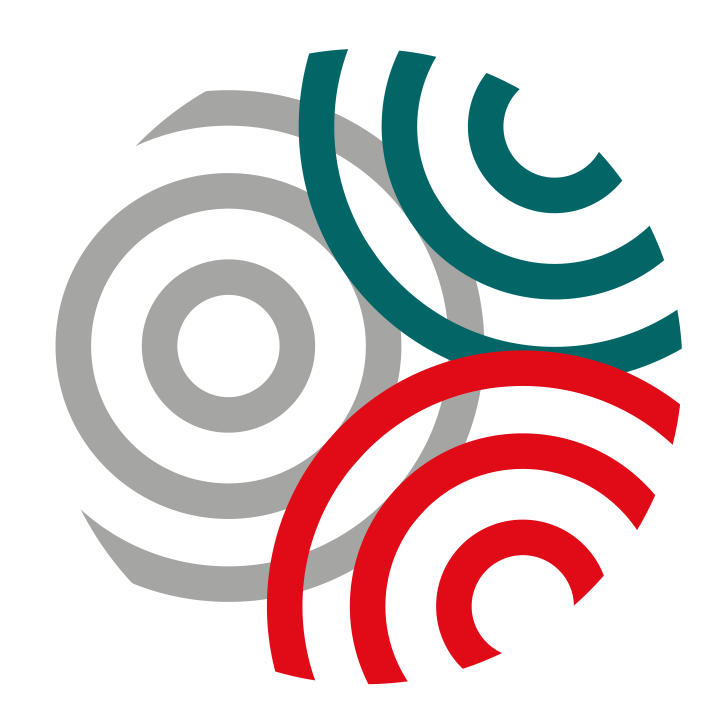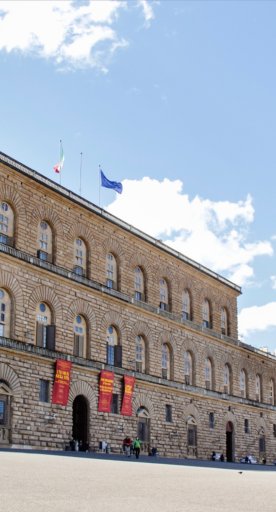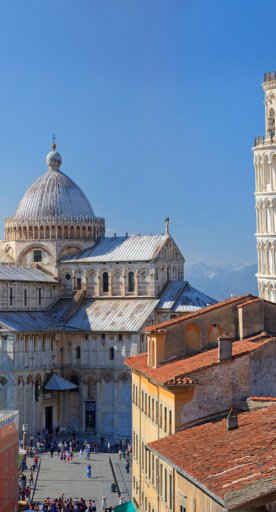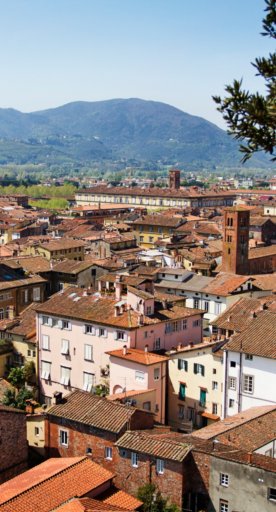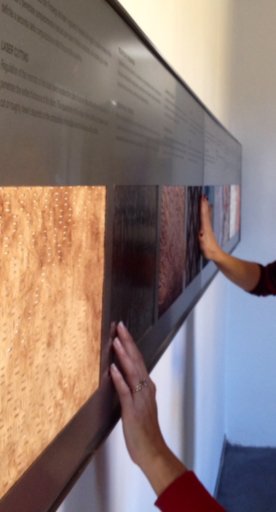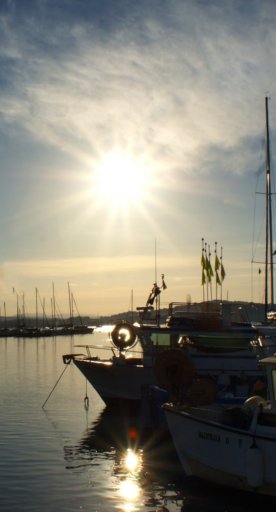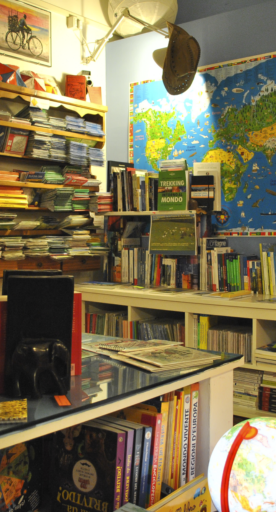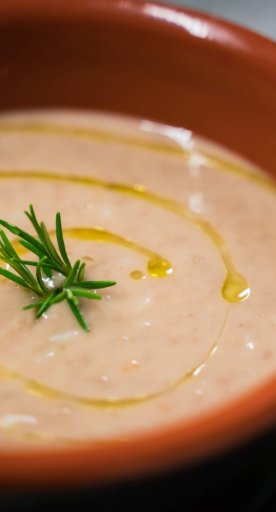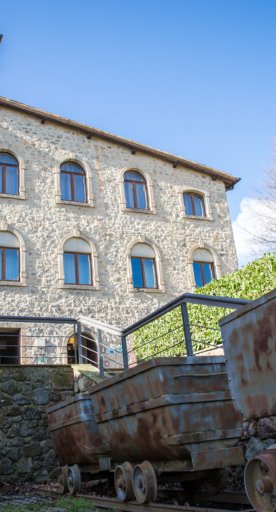

Easter Events in and around Florence
Events on Friday, Saturday, Sunday and Easter Monday
In countries with a Catholic tradition such as Italy, Easter is an important occasion. Indeed, it is the central day of the liturgical year for believers and constitutes a long-awaited spring break for all. Easter offers a handful of days to plan a small vacation, with the promise of warm weather, longer hours of sunlight and the desire to spend time outdoors.
However, being a religious event, Easter also carries with it a host of traditions and rituals, which in the Florentine Area are condensed into the last days of Holy Week. Let’s see what they are ...
-
1.Easter Friday
-
2.Easter Saturday and Sunday
-
3.Easter Monday
Easter Friday
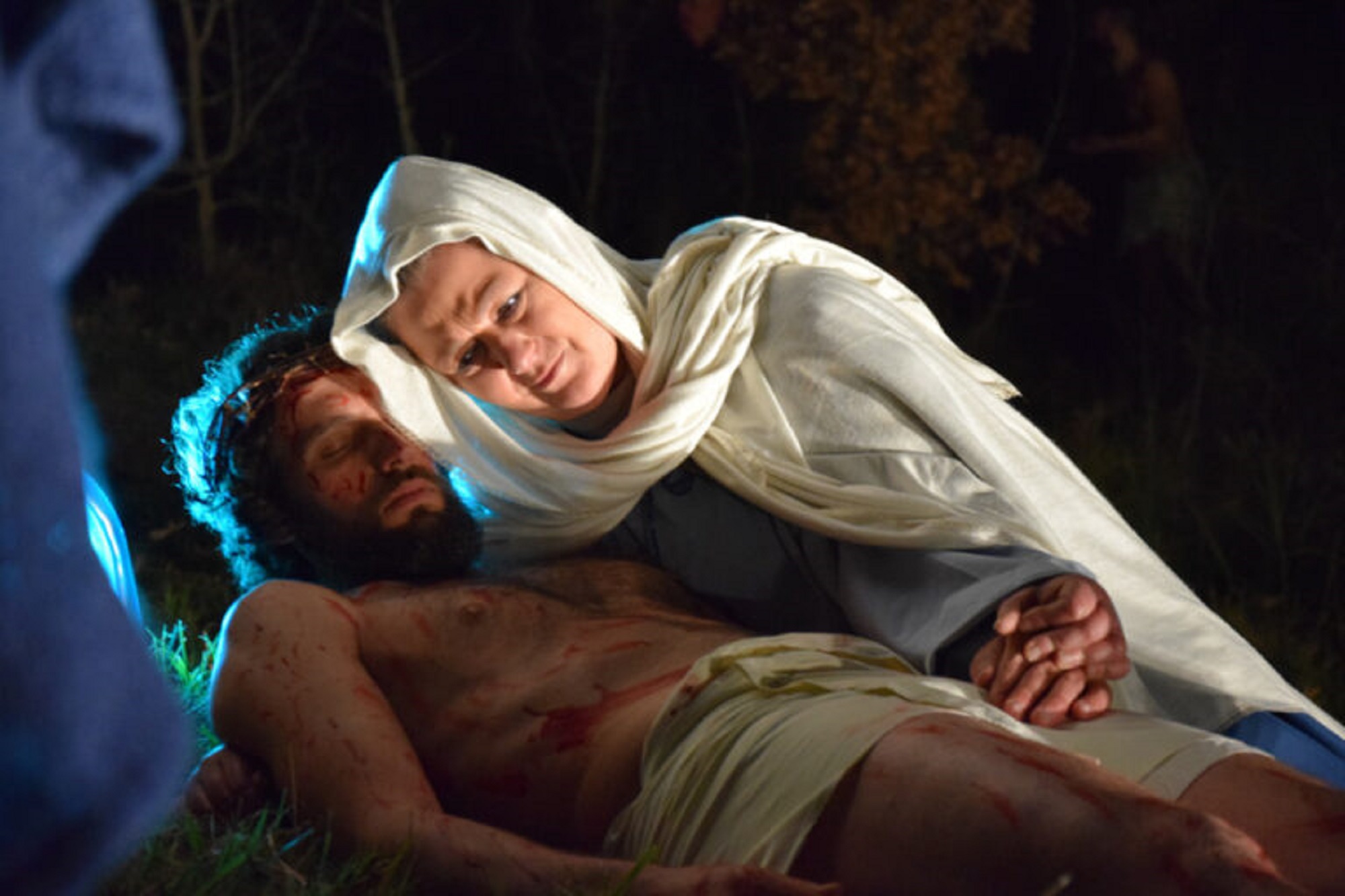
Taking place in Grassina, in the municipality of Bagno a Ripoli, is the Historical Reenactment of the Passion of Jesus, this year set for the eve of April 18.
This popular event with a religious theme is conducted with the enormous participation of the townspeople not only as participants in the parade but also for all the preparation for the costumes, settings and make-up. Thus, a great show that harkens back to sacred plays held in the past for educational purposes.
The town of Grassina is practically “occupied” by the Rievocazione—the re-enactment that takes place over two occasions. There is a historical procession through the streets of the town followed by ‘live paintings’ where scenes of the final events of the life of Jesus are depicted.
A fee is charged for admission.
Easter Saturday and Sunday
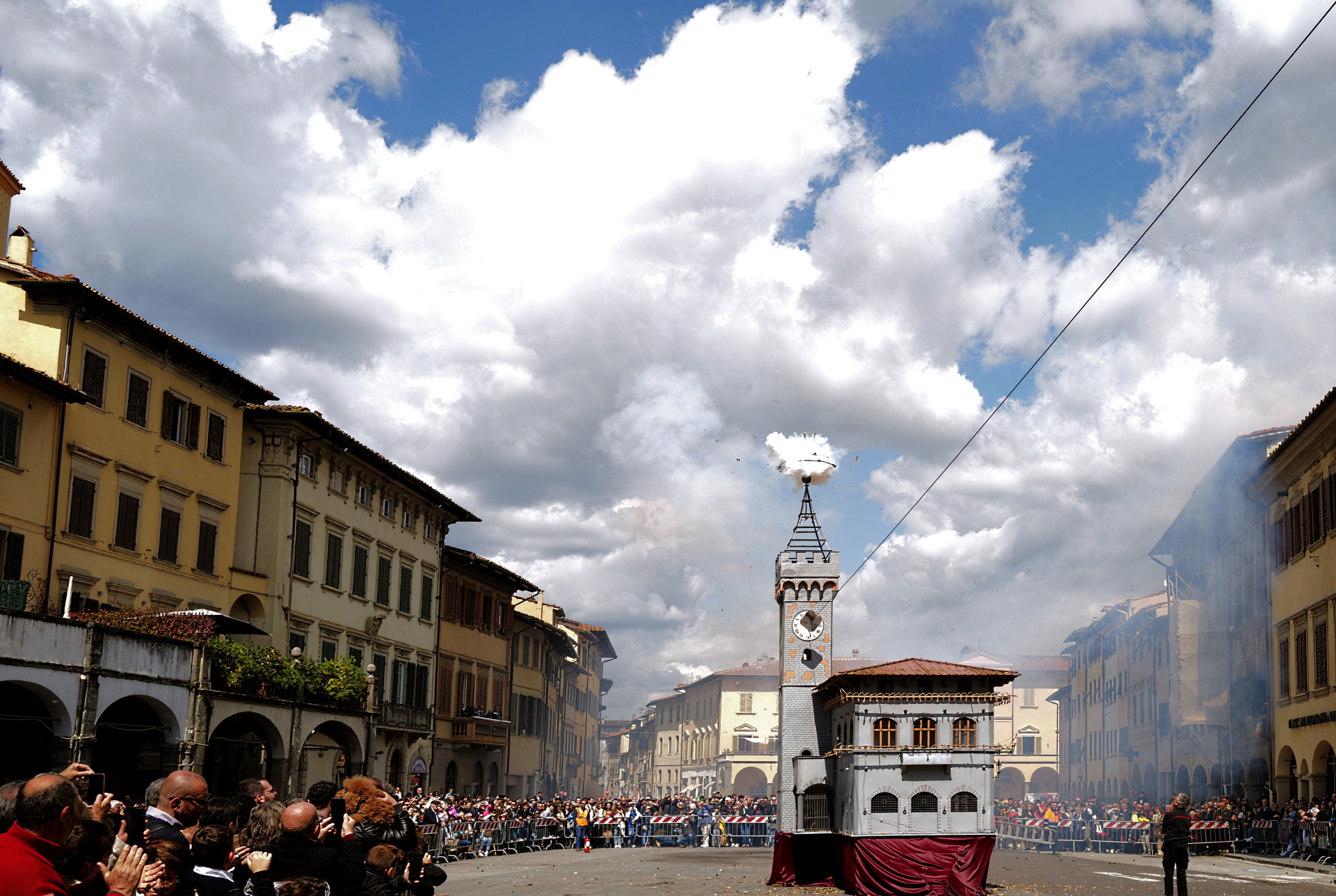
The most famous Scoppio del Carro (Explosion of the Cart) is that of Florence. Yet, there are quite similar events in other municipalities as well. In Rufina, for example, a large wooden cart comes out of its hangar on the eve of Holy Saturday and is positioned in Piazza Umberto I.
At 11:00 pm on Saturday, April 19, a dove is released from the altar of the Church of San Martino di Tours and flies toward the cart. This alights fireworks that enliven the night with flashes and bangs.
Thanks to the flight of a (fake) dove, a cart in the shape of the Palazzo Pretorio also lights up with firecrackers in Figline Valdarno during Easter Morning Mass. The explosion is preceded by the historical procession of the 4 city “contrade” (districts), the “sbandieratori” (flag-wavers) and, for this year only, the group behind the Marostica Chess Game (to mark 50 year of play). The Figline Flag-wavers will perform in the piazza along with their colleagues from Veneto on Sunday, April 20.
Finally, in Florence on the morning of April 20, the cart known as the “Brindellone” arrives in front of the Cathedral after traversing half the historic center, pulled by white oxen. At a precise moment during the Easter Mass, it is joined by the ‘dove’ that flies out from the Cathedral’s high altar on a cable and ignites a quantity of firecrackers and fireworks, then returns toward the apse of the Cathedral. A smooth flight is a harbinger of good crops and good fortune in general.
Easter Monday
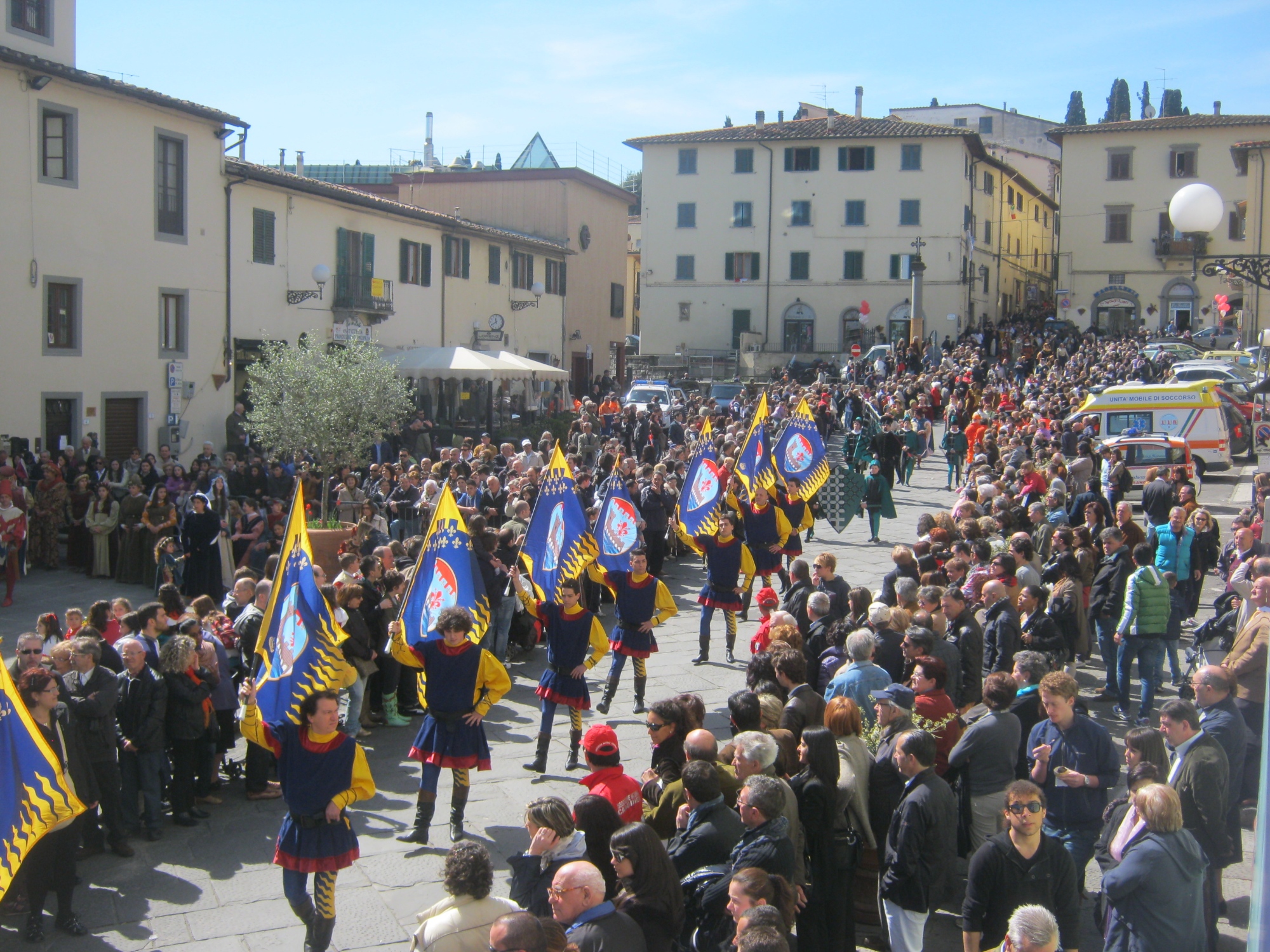
On Monday, April 21, we head to Signa, since every Easter Monday (also known as “Pasquetta”), the city center comes to life for the Feast of Beata Giovanna.
Giovanna, a commoner from Signa who lived in hermitage and was considered to possess incorruptibility while alive, is remembered and honored. However, it was only after her death that Giovanna began to be venerated and, in 1325, nearly 2 decades after her death, the first miracle occurred.
On the Monday following Easter, the Signa feast is held, remembering Giovanna first of all with a procession and flag-wavers, then with a more devotional moment in which the urn with the Blessed’s body is carried in procession and blessed. Everyone gathers in the piazza for this event.The parade of flag-wavers at the feast of Beata Giovanna in Signa
